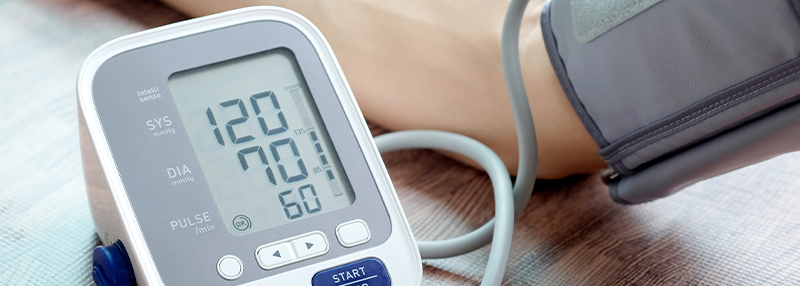Integrating Home Monitoring into a Heart-Healthy Routine
Posted On: February 23, 2024 by CarePro Health Services in: CarePro Heart Health

Maintaining a heart-healthy lifestyle involves more than just diet and exercise; it requires a comprehensive approach that includes regular monitoring of key indicators. Thanks to advancements in technology, home monitoring tools have become increasingly accessible, allowing individuals to take an active role in their cardiovascular well-being. Today, we will explore the significance of integrating home monitoring into a heart-healthy routine.
Understanding the Importance of Monitoring
Regular monitoring of vital signs, such as blood pressure and pulse oximetry, offers valuable insights into heart health. These metrics provide early indications of potential issues, allowing for timely intervention and prevention. By integrating home monitoring into your routine, you empower yourself to track trends over time and collaborate with healthcare professionals for more personalized care.
Practical Tips for Home Monitoring
-
Invest in Reliable Monitoring Devices: Start by acquiring accurate and reliable monitoring devices. A good quality blood pressure monitor and a pulse oximeter are essential tools for home monitoring.
-
Establish a Consistent Monitoring Schedule: Consistency is key when it comes to monitoring. Set a regular schedule for checking your blood pressure and pulse oximetry. This could be in the morning or evening, but the key is to adhere to the chosen time consistently.
-
Record and Track Results: Keep a record of your monitoring results. Many devices have built-in memory, but you can also maintain a log or use health apps to track your readings. Monitoring trends over time can reveal patterns and fluctuations that might otherwise go unnoticed.
-
Set Realistic Goals: Establish realistic goals for your blood pressure and oxygen saturation levels. Work collaboratively with your healthcare provider to determine target ranges that align with your individual health profile.
-
Combine Monitoring with Lifestyle Changes: Use monitoring as a tool to assess the impact of lifestyle changes. Whether it's dietary modifications, increased physical activity, or stress management, regular checks can help gauge the effectiveness of these interventions.
-
Seek Professional Guidance: While home monitoring is a valuable tool, it's essential to work in tandem with healthcare professionals. Share your monitoring records during check-ups, and discuss any concerns or questions you may have.
Integrating home monitoring into your heart-healthy routine empowers you to take an active role in maintaining cardiovascular well-being. By consistently tracking blood pressure and pulse oximetry, you can detect changes early, allowing for timely interventions. Remember, these home monitoring practices are a complement to, not a substitute for, professional medical advice. Embrace a proactive approach to heart health, and let technology be your ally in the journey towards a healthier and more informed lifestyle.
We have a variety of pulse oximeters and other supplies available on our online catalog. View our options today to find the supplies you need and give us a call if you need any assistance.

0 comments